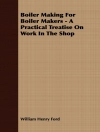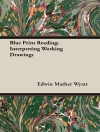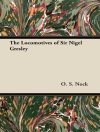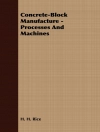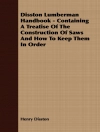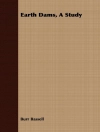In many practical situations, we are interested in statistics characterizing a population of objects: e.g. in the mean height of people from a certain area. Most algorithms for estimating such statistics assume that the sample values are exact. In practice, sample values come from measurements, and measurements are never absolutely accurate. Sometimes, we know the exact probability distribution of the measurement inaccuracy, but often, we only know the upper bound on this inaccuracy. In this case, we have interval uncertainty: e.g. if the measured value is 1.0, and inaccuracy is bounded by 0.1, then the actual (unknown) value of the quantity can be anywhere between 1.0 – 0.1 = 0.9 and 1.0 + 0.1 = 1.1. In other cases, the values are expert estimates, and we only have fuzzy information about the estimation inaccuracy. This book shows how to compute statistics under such interval and fuzzy uncertainty. The resulting methods are applied to computer science (optimal scheduling of different processors), to information technology (maintaining privacy), to computer engineering (design of computer chips), and to data processing in geosciences, radar imaging, and structural mechanics.
Table des matières
Part I Computing Statistics under Interval and Fuzzy Uncertainty: Formulation of the Problem and an Overview of General Techniques Which Can Be Used for Solving this Problem.- Part II Algorithms for Computing Statistics Under Interval and Fuzzy Uncertainty.- Part III Towards Computing Statistics under Interval and Fuzzy Uncertainty: Gauging the Quality of the Input Data.- Part IV Applications.- Part V Beyond Interval and Fuzzy Uncertainty.





